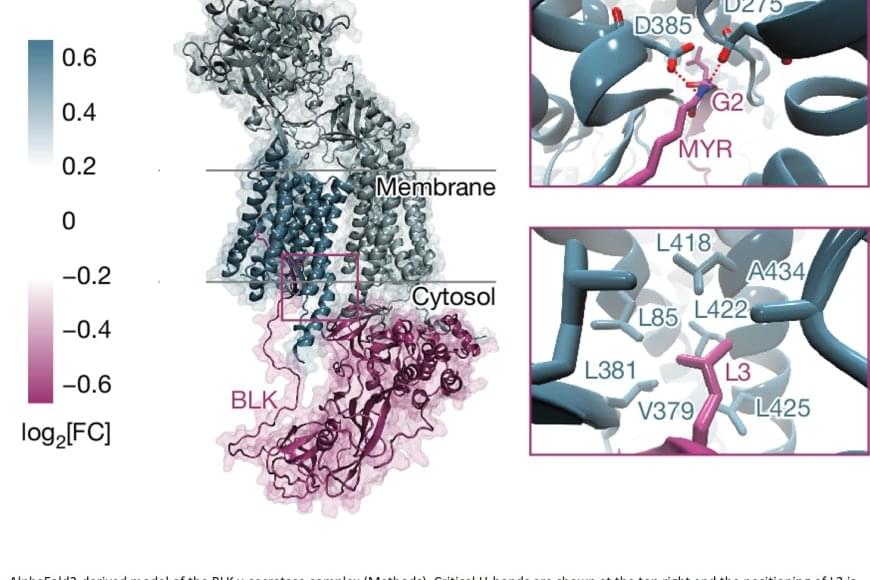The most advanced frontier model for professional work and long-running agents.
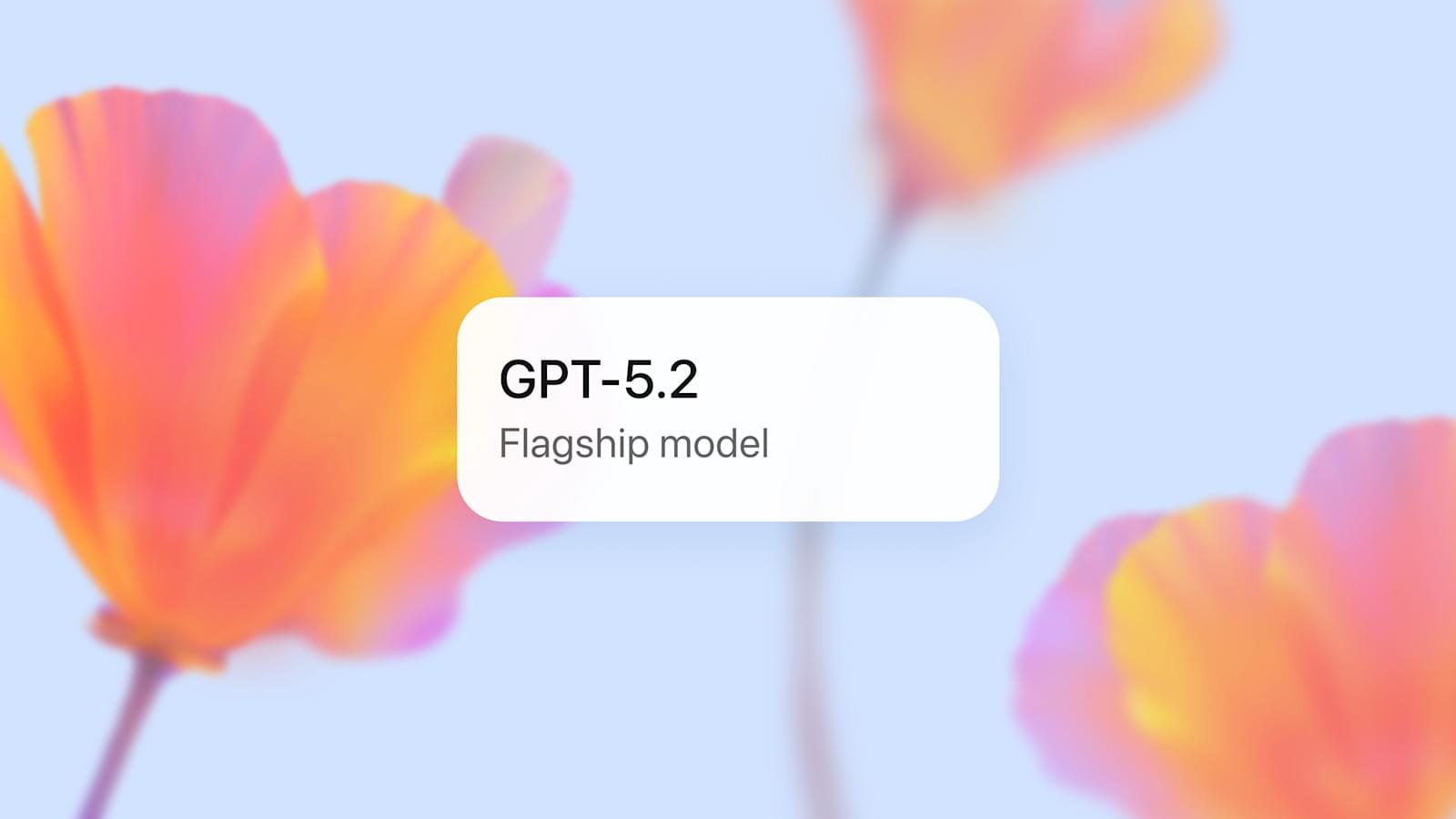


Lactic acid bacteria (LAB) form a group of bacteria to which most probiotics belong and are commonly found in fermented dairy products. Fermented foods and beverages are foods made through desired microbial growth and enzymatic conversions of food components. In this study, 43 LAB were isolated from Ethiopian traditional cottage cheese, cheese, and yogurt and evaluated for their functional and safety properties as candidate probiotics. Twenty-seven isolates, representative of each fermented food type, were selected and identified to the species level. Limosilactobacillus fermentum was found to be the predominant species in all samples studied (70.4%), while 11.1% of isolates were identified as Lactiplantibacillus plantarum. All 27 isolates tested showed resistance to 0.5% bile salt, while 26 strains were resistant to pH 3.
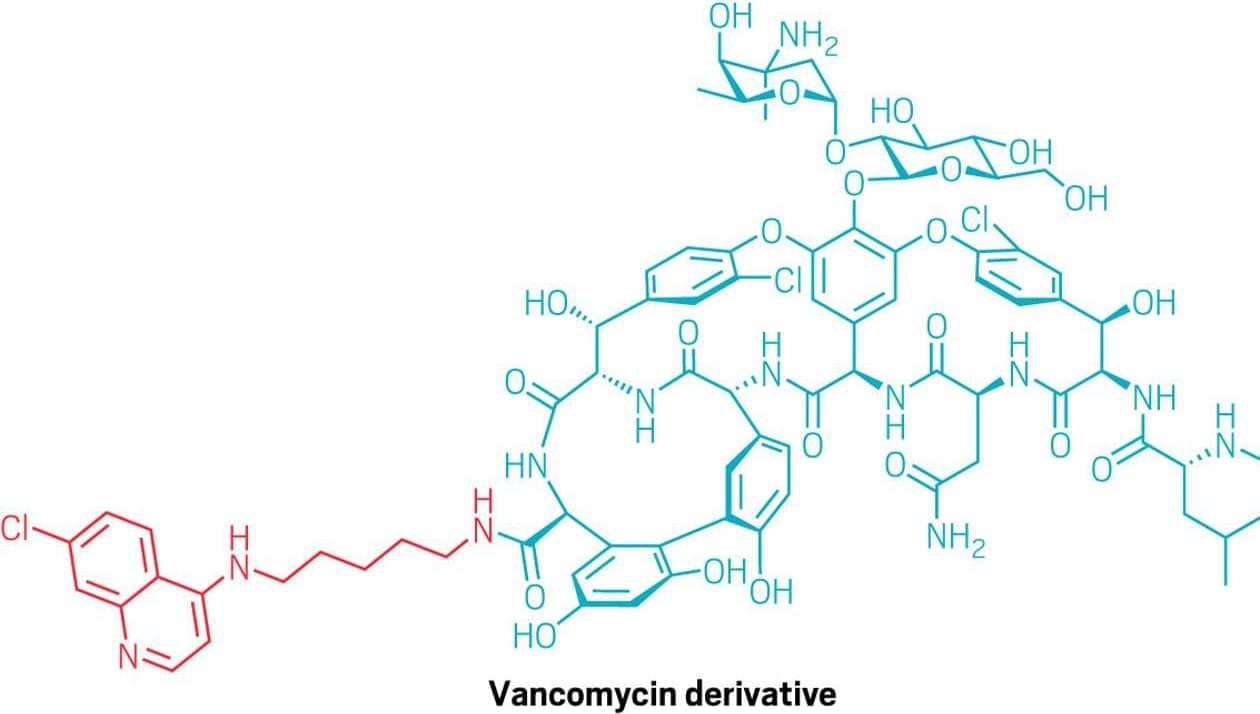
Chemists have found that attaching a small quinoline group to vancomycin lets it slip inside the bacteria and reach its target.
Read more.
The work reveals how tiny structural shifts can deliver outsize biological effects by Anirban Mukhopadhyay, special to C&EN.

New research published in Neuropsychologia provides evidence that adults with dyslexia process visual information differently than typical readers, even when viewing non-text objects. The findings suggest that the neural mechanisms responsible for distinguishing between specific items, such as individual faces or houses, are less active in the dyslexic brain. This implies that dyslexia may involve broader visual processing differences beyond the well-known difficulties with connecting sounds to language.
Dyslexia is a developmental condition characterized by significant challenges in learning to read and spell. These difficulties persist despite adequate intelligence, sensory abilities, and educational opportunities. The most prominent theory regarding the cause of dyslexia focuses on a phonological deficit. This theory posits that the primary struggle lies in processing the sounds of spoken language.
According to this view, the brain struggles to break words down into their component sounds. This makes mapping those sounds to written letters an arduous task. However, reading is also an intensely visual activity. The reader must rapidly identify complex, fine-grained visual patterns to distinguish one letter from another.
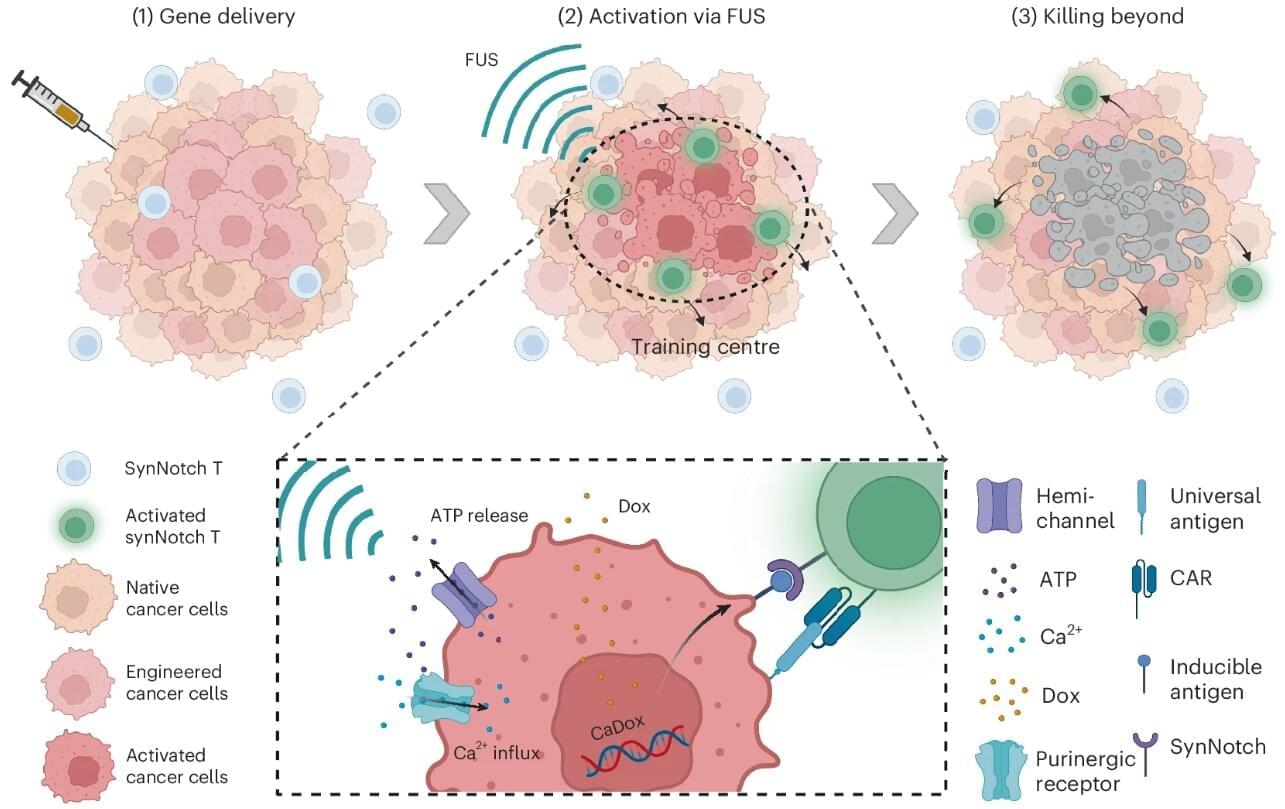
USC biomedical engineers have found a way to make a solid tumor paint a target on its own back in order to train the body’s immune system to find and destroy it.
The research team from USC Viterbi’s Wang Lab used focused ultrasound waves to “prime” tumor cells so they can be more easily recognized and attacked by chimeric antigen receptor (CAR) T-cells, the engineered immune cells that have revolutionized treatment for blood cancers but have until now struggled against solid tumors. The research has been published in Nature Materials.
CAR T-cell therapy works remarkably well in the bloodstream, where rogue cancer cells are exposed and easily targeted. However, solid tumors are another story. They hide deep in tissue, shielded by a microenvironment fortress of healthy cells. Every tumor is different, making it hard to find a single “flag” that marks cancer cells without causing damage to healthy ones.


Researchers at the University of Geneva, together with colleagues in Switzerland, France, the United States and Israel, describe how optogenetic control of brain cells and circuits is already steering both indirect neuromodulatory therapies and first-in-human retinal interventions for blindness, while sketching the practical and ethical conditions needed for wider clinical use.
Optogenetic control uses light to impose temporally precise gain or loss of function in specific cell types, or even individual cells. Selected by location, connections, gene expression or combinations of these features, researchers now have an unprecedented way to investigate the brain within living animals.
Modern experiments range from implanted fiber optics to three-dimensional holographic illumination of defined neuronal ensembles and noninvasive wearable LEDs, with interventions that can run from milliseconds to chronic use and effect sizes that change rapidly with changes in light intensity.
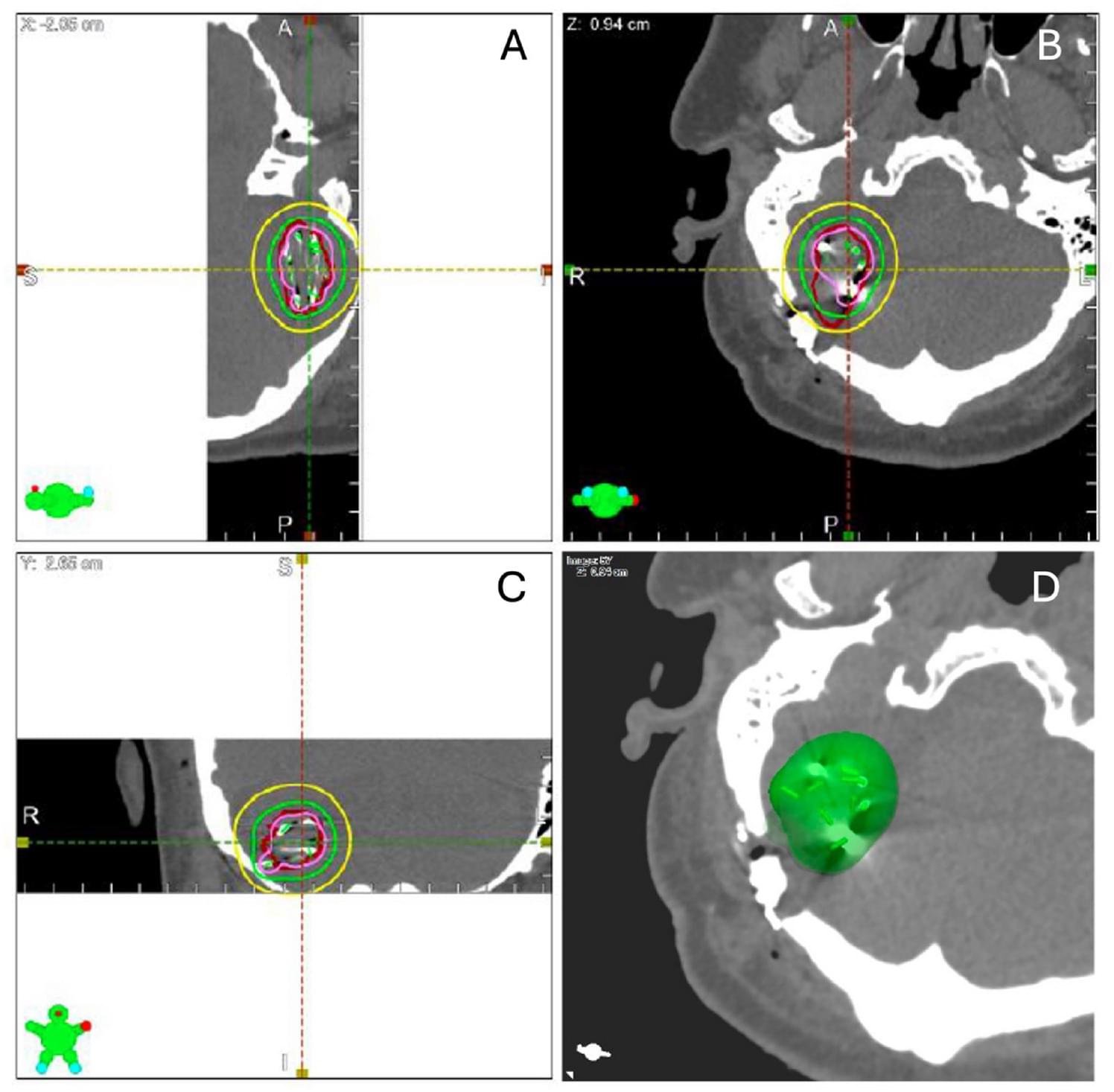
Mahapatra et al. show how minimally invasive keyhole craniotomy combined with brachytherapy provides strong local control for brain metastases, with no radiation necrosis and improved neurological and cognitive outcomes, highlighting this approach as a promising alternative to WBRT and SRS. JNOO
Read more here.
Metastatic brain tumors (MBTs) are the most common intracranial tumors, affecting up to 40% of cancer patients. Traditional treatments such as Whole Brain Radiotherapy (WBRT) and Stereotactic Radiosurgery (SRS) have limitations, including neurocognitive decline and potential tumor regrowth. Minimally invasive keyhole craniotomy (MIKC) and Cesium-131 (Cs-131) brachytherapy offer promising alternatives due to their precision and reduced side effects. This prospective study aims to evaluate the safety and efficacy of combining MIKC with Cs-131 brachytherapy in treating newly diagnosed brain oligometastases.
Twenty-one adults with newly diagnosed brain metastases were enrolled from 2019 to 2021. Preoperative T1 MRI with gadolinium was used to calculate the gross tumor volume (GTV). Minimally invasive craniotomies were performed with resection of these tumors, followed by the implantation of Cs-131 seeds. Postoperative imaging was conducted to verify seed placement and resection. Dosimetric values (V100, V200, D90) were calculated. Patients were followed every two months for two years to monitor local progression, functional outcomes, and quality of life. The primary endpoint was freedom from local progression, with secondary endpoints including overall survival, functional outcomes, quality of life, and treatment-related complications.
The median preoperative tumor volume was 10.65 cm3, reducing to a resection cavity volume of 6.05 cm3 post-operatively. Dosimetric analysis showed a median V100 coverage of 93.2%, V200 of 43.9%, and D90 of 89.8 Gy. The 1-year local freedom from progression (FFP) was 91.67%, while the distant FFP was 53.91%. Five patients remained alive at the study’s end, with a median survival duration of 5.9 months, a duration likely impacted by the concurrent COVID-19 pandemic. Only one patient experienced local recurrence, and no cases of radiation necrosis were observed. Significant improvements were seen in neurological, functional, and cognitive symptoms.
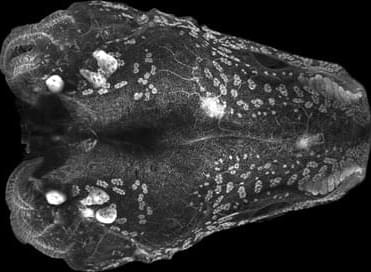
In humans, the loss of thymic function through thymectomy, environmental challenges, or age-dependent involution is associated with increased mortality, inflammaging, and higher risk of cancer and autoimmune disease (1). This is largely due to a decline in the intrathymic naïve T cell pool, whose generation is orchestrated by the thymic stroma, particularly thymic epithelial cells (TECs) (2). Upon challenges that affect the TEC compartment, the thymus is capable of triggering an endogenous regenerative response by engaging resident epithelial progenitors with stem cell features (3–5). Yet, after age-related atrophy or thymectomy resulting from myasthenia gravis or tumor removal (1), this regenerative response is unable to overcome the loss of thymic tissue, highlighting the need for therapeutic interventions.
The restoration of thymic functionality has been achieved to a limited extent via strategies targeting the thymic epithelial microenvironment or hematopoietic progenitors, modulating hormones and metabolism, or through cellular therapies and bioengineering (6). In mice, the up-regulation of Foxn1, a key transcription factor for thymus development and organogenesis (7), either directly or via its upstream effector bone morphogenetic protein 4 (BMP4), can support activity of cortical TECs (cTECs) (8, 9). Further, a combination of growth hormone and metformin has been shown to restore thymic functional mass in humans (10). Nevertheless, such strategies only lead to delayed thymic involution, and examples of complete thymus regeneration have not yet been described among vertebrates.
Because of its remarkable regenerative abilities that extend to parts of the brain, eye, heart, and spinal cord, and even entire limbs, the axolotl (Ambystoma mexicanum) is a powerful model for regeneration studies (11). The axolotl has offered insights into the mechanisms of positional identity (12), cell plasticity (13, 14), and the molecular basis of complex regeneration (15–18). The regeneration of axolotl body parts relies on remnants of the missing structure, with the exception of lens tissue, which can regrow from dorsal pigmented epithelial cells during a short window during development (19). However, whether de novo regeneration can occur for an entire complex organ, in axolotls or any other vertebrate, is unknown.
